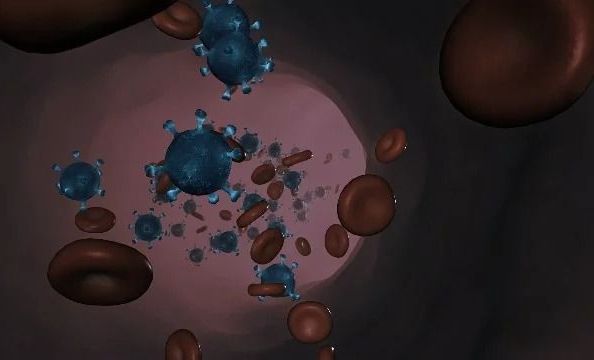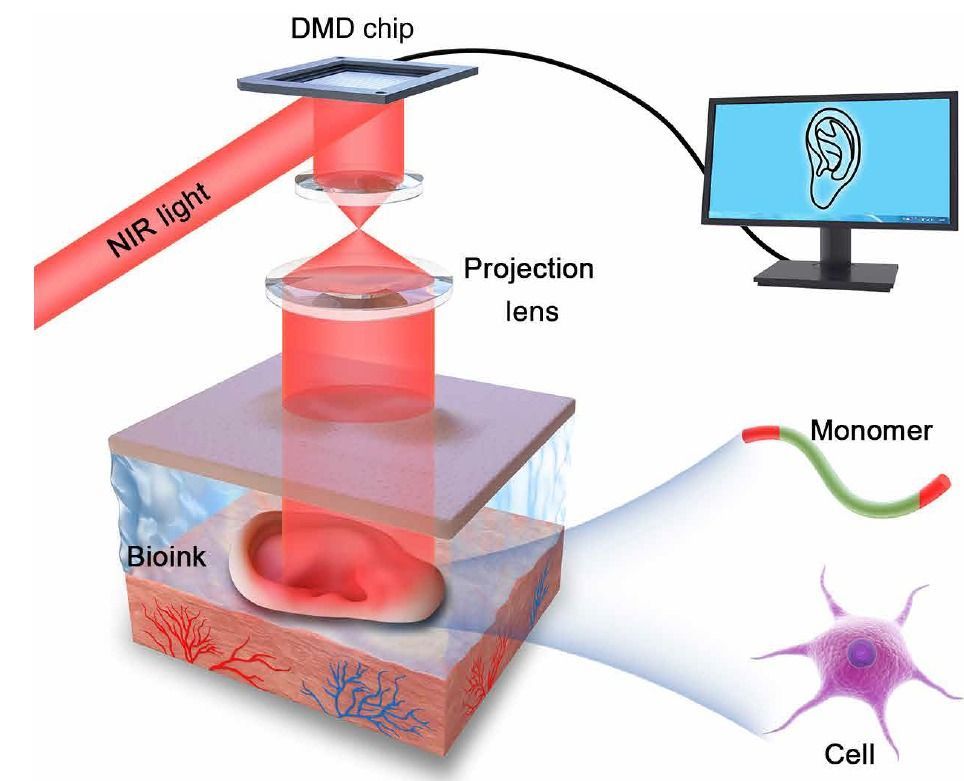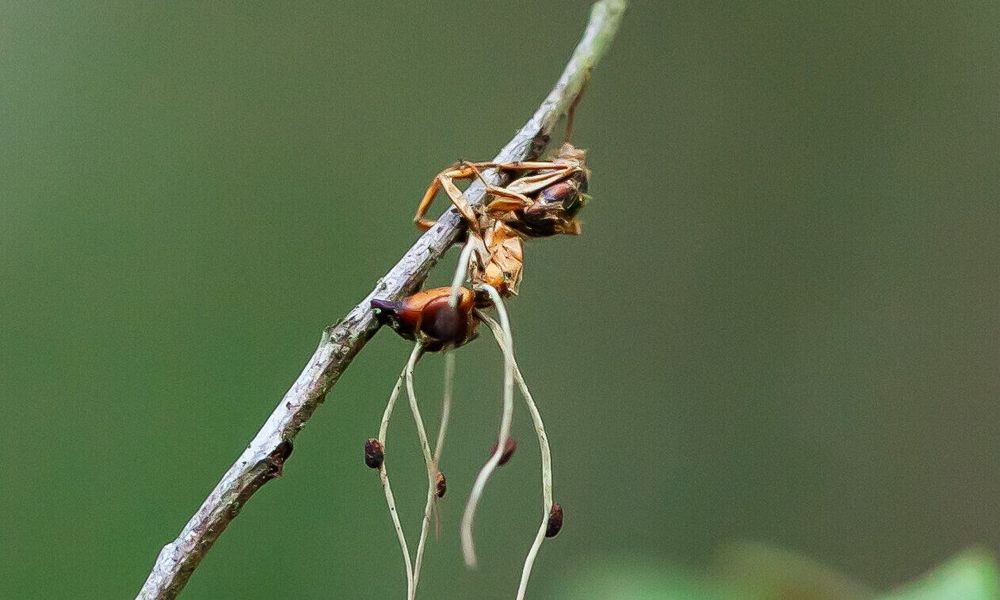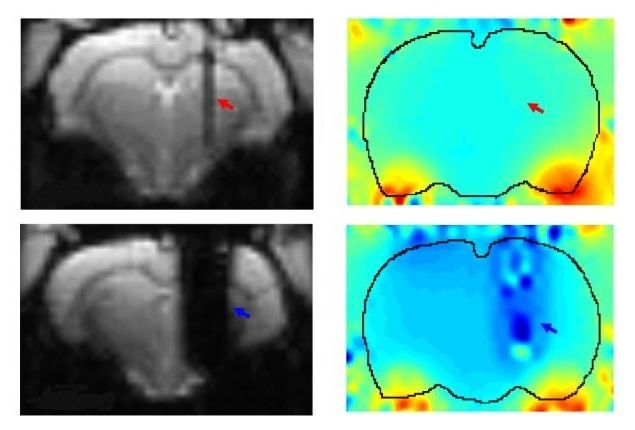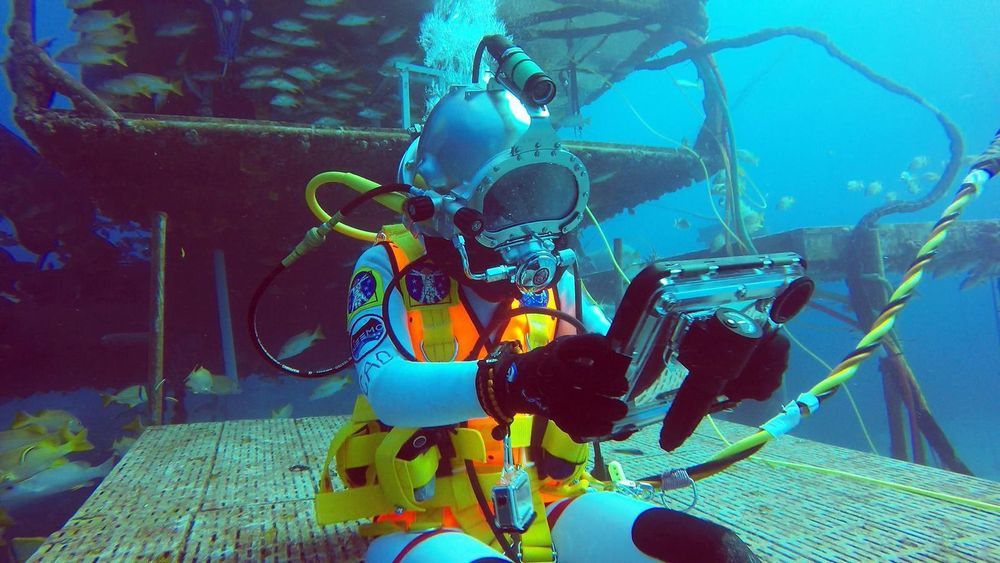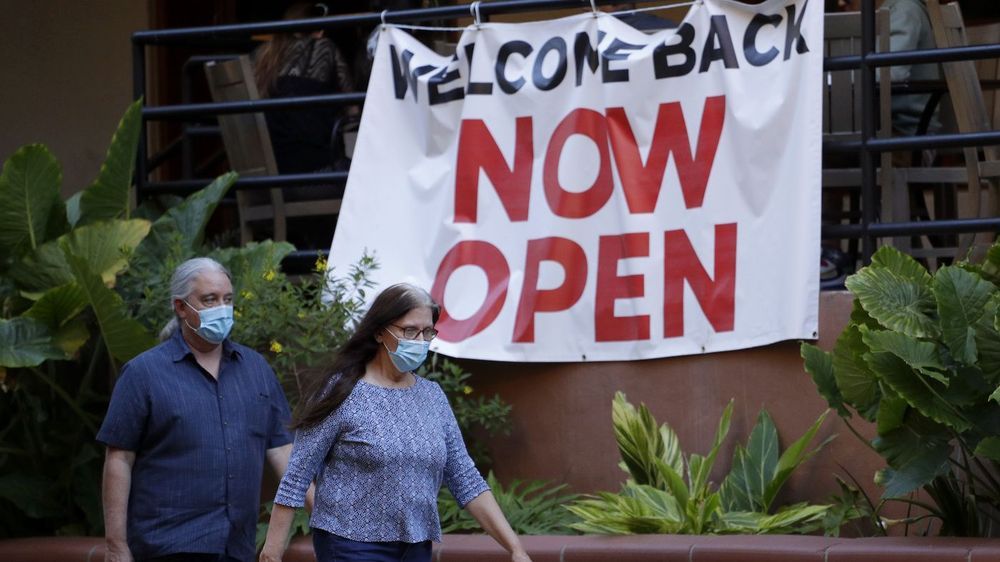The personal genomics and biotechnology company 23andMe is perhaps best known for its home DNA testing kits, whereby consumers can learn about their genetic make-up or ancestry.
However, after the COVID-19 outbreak was declared a global pandemic, the company switched gears and looked to see how their gene testing services could offer a helping hand in understanding the disease’s pathophysiology.
One aspect of COVID-19 that has puzzled scientists and clinicians alike is why, when infected with SARS-CoV-2, do some patients display mild to moderate symptoms (or no symptoms at all), whereas other patients develop severe symptoms that can prove fatal?
